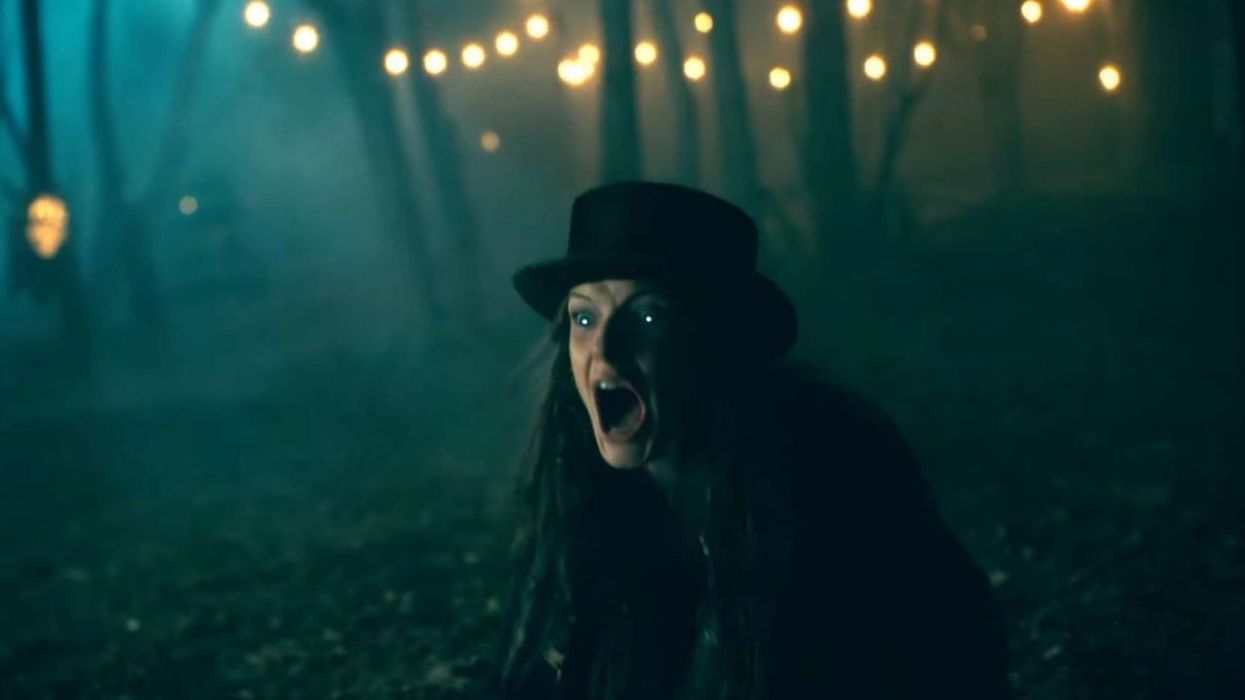How 'Doctor Sleep' Recreated Kubrick's Sound Design
Doctor Sleep producer Trevor Macy reveals how he and director Mike Flanagan made their Stephen King sequel sound like The Shining.

Doctor Sleep reaches back into the past of Stanley Kubrick's The Shining to tell a surprisingly tear-jerking story about addiction, family, and grief -- it just happens to be told within the confines of a horror movie. Not just any horror movie, however, but rather the sequel to one of the greatest horror movies ever made -- a classic whose fanbase has obsessed over it like it was the Zepruder film.
Count among their fanatic ranks director Mike Flanagan and producer Trevor Macy; their fidelity to and appreciation for The Shining -- and Stephen King's source material for both Shining and Doctor Sleep -- made them the ideal filmmaking team to continue the story of Danny Torrance, PTSD and all following his terrifying AF encounter at the Overlook Hotel, the recreation of which by the filmmakers being a cornerstone of the film's news cycle. But one aspect of Doctor Sleep's production that should be getting more attention is the sound design. Macy recently sat down with No Film School to explain how it was executed in a way that would make Kubrick proud.
"One of the ways Kubrick kept his foot on your neck [making the movie], which we thought were more kind of lasting, were really the soundscape," Macy said. "The way [Stanley] did that was so far ahead of its time, that most of us are still catching up. So we tried to embrace a bit of that." The production did so by using the Berlioz theme, which Macy reminds us "is in the public domain." They recorded their own version of it, however, using a new orchestra but making sure it sounded like the theme Shining fans expect. That was the only music from The Shining that Doctor Sleep used.
That attention to detail for Kubrick's own meticulous work bled (no pun intended) into the sound design and mix. But the goal was not to Xerox Kubrick, but rather thread the needle of making their own thing inspired by and living in the same air space as the thing that Kubrick made.
"That's the the DNA that we aspire to, in that sense. But my kind of approach to that -- and that of our mixer Jonathan Wales and our sound designer, Trevor Gates -- who have been working with [Mike and I] for a long time -- is to work in that "less is more" space. We've kind of been operating in that ballpark for a while, but this was a higher degree of difficulty. That theme was really important to us, but we were trying to operate using the principles of it rather than try to, you know, just strictly ape Kubrick."
Macy revealed that the production towed that line by making sure they didn't overdo it, especially when -- for example -- using that aspect of dissonance on the soundtrack that Kubrick favored as Jack Torrance spiraled further into ax-murder-y madness.
"But, if you do overdo it," Macy remarked, "make sure that it's creating the effect you want. And we've always sort of embraced the ethic that silence is pretty scary cause then you -- as an audience member -- you feel compelled to fill in the blanks and that creates tension in and of itself."

Which Doctor Sleep affords them several frightening opportunities to do so.
Doctor Sleep hits theaters Friday.
















